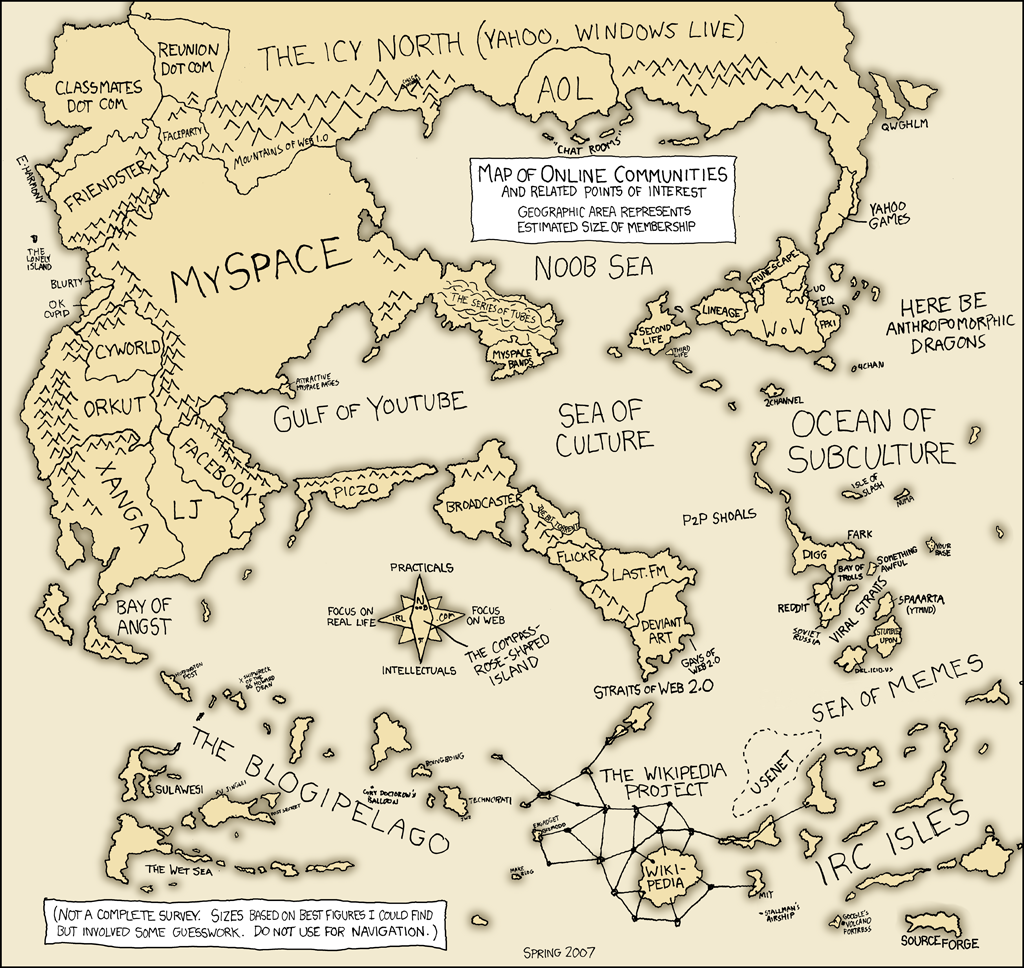Our world is accelerating. Most of us do not realize just how much so. The
law of accelerating returns by Ray Kurzweil argues that technological change is exponential. In fact exponential growth is a feature of any evolutionary process, of which technology is a primary example. Besides the evolutionary process networking also drives this change.
The first technological steps - sharp edges, fire, the wheel - took tens of thousands of years. For people living in this era, there was little noticeable technological change in even a thousand years. By 1000 A.D., progress was much faster and
a paradigm shift required only a century or two. In the 19th century, we saw more technological change than in the nine centuries preceding it. Then in the first twenty years of the twentieth century, we saw more advancement than in all of the nineteenth century. Today, paradigm shift occur in only a few years time.
What does this all mean? Many believes that this will lead to the
Singularity.




